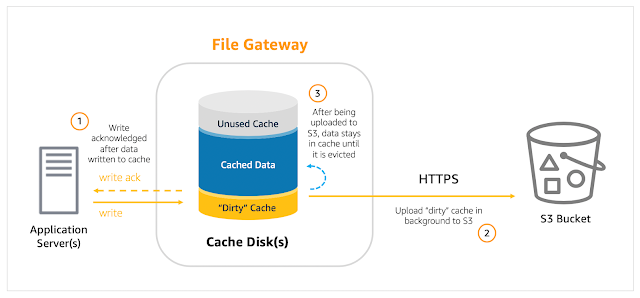The Importance of the SAP Data Lake
In today’s business ecosystem, there is an exponential growth of data at petabyte levels drawn mainly from various sources like applications, various formats, IoT, and social media. Data lakes optimally manage all these factors and a modern one like the SAP data lake help organizations improve performance, lower costs, and gain more access and insights into data.
The
structure of the SAP data lake is unique among others in this niche.
Think of
it as a pyramid.
The top
part contains data that is most critical to the organization and has to be
accessed frequently and often immediately. Hence, it is very valuable and is
called hot data that is stored in memory. Also, the cost of storage of this
data is quite high.
In the
middle of the SAP data lake is data that in the past would be typically
treated as cold storage but not now with the SAP HANA data. This data has lower
storage costs as it is not accessed frequently and is operationally not very
crucial.
At the
bottom of the pyramid is the raw data that is rarely used but because of the
rock-bottom charges for storage, businesses prefer not to delete it completely
from the system. The trade-off for the low fees is that access to it is slow.
In short,
therefore, this cloud-based SAP data lake manages data through its
complete life cycle with critical and urgent data as well as older data available
in real or near-real-time. This pyramid-style tiering of data keeps costs low
and users can choose where to store data based on how quickly and frequently it
is needed.




Comments
Post a Comment